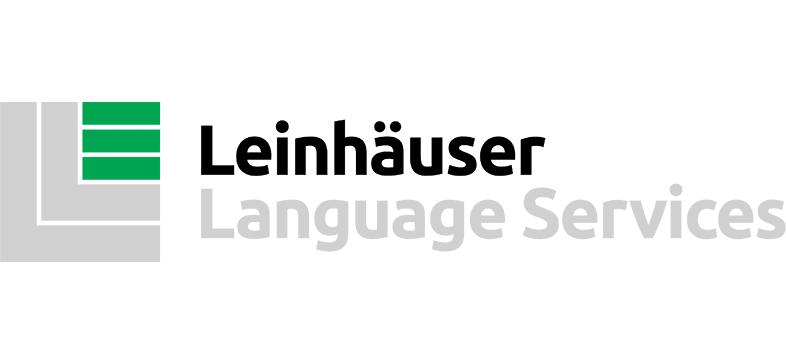Thinking of expanding your business to Switzerland and don’t know how local your German should be? It’s a common question among companies that need to consolidate their online presence in this country. That’s because, while Swiss German is only somewhat different from Standard German (also known as High German or Standard High German), things can become a bit complicated if you decide to ignore the local language variations.
What is Swiss German?
According to some linguists, Swiss German isn’t a language but a collection of Alemannic dialects spoken in the German-speaking regions of the country. As you travel from canton to canton, you can notice differences in the way people talk, making it hard to identify a unique set of rules that differentiate Swiss-German as a separate language.
In official communication, media, and schools, people speak Standard Swiss German, almost identical to Standard German. This way, people living in the German-speaking part of Switzerland can easily overcome any inconveniences and avoid miscommunication.
In other words, on paper, German-speaking Swiss have pretty much the same language as people who live in Germany, and all speakers understand each other perfectly regardless of where they live.
So, should you take the shortcut and use the German version of your content to communicate with your target audience in Switzerland? You could, as you can rest assured that everybody will understand your message. Does it also mean you should do it? It depends on your industry, target audience, global marketing strategy, and how you want to position your brand on this local market. Let’s take a closer look.
The principal differences
Differences between Swiss German and High German include vocabulary, pronunciation, grammar, and spelling. Most of these variations result from the French and Italian influences coming from the French- and Italian-speaking Swiss populations living in Switzerland.
Vocabulary
Swiss German includes a series of terms that don’t exist in Standard German, from everyday activities to industry-specific terminology. For example, in Switzerland, you won’t say “danke” to thank someone. Instead, you’ll have to go for the French term, “merci.” The sidewalk isn’t called “Bürgersteig” but “trottoir,” and the local name for potato is “Herdöpfel” instead of the German term “Kartoffel.”
In rural areas, terms that define the weather or agricultural activities are different from what you would encounter when traveling to Germany.
Pronunciation
The pronunciation of consonants in Swiss German is generally harsher than what you hear from most German speakers. At the same time, Swiss German speakers tend to shorten the vowels in diphthongs. Moreover, pronunciation varies with each canton, making it difficult for outsiders to identify the “correct” way to pronounce some words.
Grammar
In Switzerland, German speakers have somehow simplified the language. They don’t use the genitive anymore due to the French and Italian influence over the language and rely on fewer tenses to differentiate past and present situations. In Switzerland, you’ll mostly use present perfect and present, eliminating this way the complex (and famously problematic) German tenses.
Spelling
Spelling differences are similar to UK vs. US spelling—sometimes, a vowel is missing, or consonants don’t get doubled. Also, in some words, the letter k has been replaced with the Swiss “ch.”
Should You Localize for Swiss German?
As you can see, the differences are difficult to ignore, even if they don’t necessarily limit communication. A German translator can easily craft the correct message for you to share with your Swiss audience.
In other words, people will understand you perfectly if you communicate in Standard German only. However, they’ll know you haven’t written or recorded that message for them. As they speak both languages, they’ll recognize the non-Swiss German words and might take your strategy as faux-pas.
Does it mean you should hire local translators and copywriters and rewrite tens of thousands of words to cover these differences? Maybe not, but there’s no right or wrong answer when it comes to localizing for Swiss German.
As a rule of thumb, you want to consider the purpose of the communication before deciding.
For example, in situations where communication should always follow rigid standards for compliance, using Standard German makes sense. So, it’s wise to use the standard language for technical documentation, such as tutorials, installation manuals, learning resources, user manuals, knowledge bases, and wikis. This way, you eliminate ambiguity and deliver a standard product among all your German-speaking audiences.
However, when it comes to marketing materials, web content, and internal communication, you want to analyze the implications of not speaking as your customers, employees, and business partners do. Having a localized version available for your target market can help you build and consolidate better relationships in the long run.
Final Thoughts
Localizing for Swiss German isn’t a one-size-fits-all solution and deciding when to use the local language and when to go for the standard version should consider more factors.
Using the standard language from start to finish can facilitate communication, but it also builds a wall between you and your audience. You risk creating a cultural barrier that might push people away from your brand with a too formal communication strategy.
On the other hand, localizing everything might imply the risk of not being compliant with local laws while only increasing your translation costs.
Having a team of experts on your side can make this decision easier. Professional translation companies work with local experts who can advise you when and how to use Swiss German to meet your audience’s expectations and increase localization ROI.







